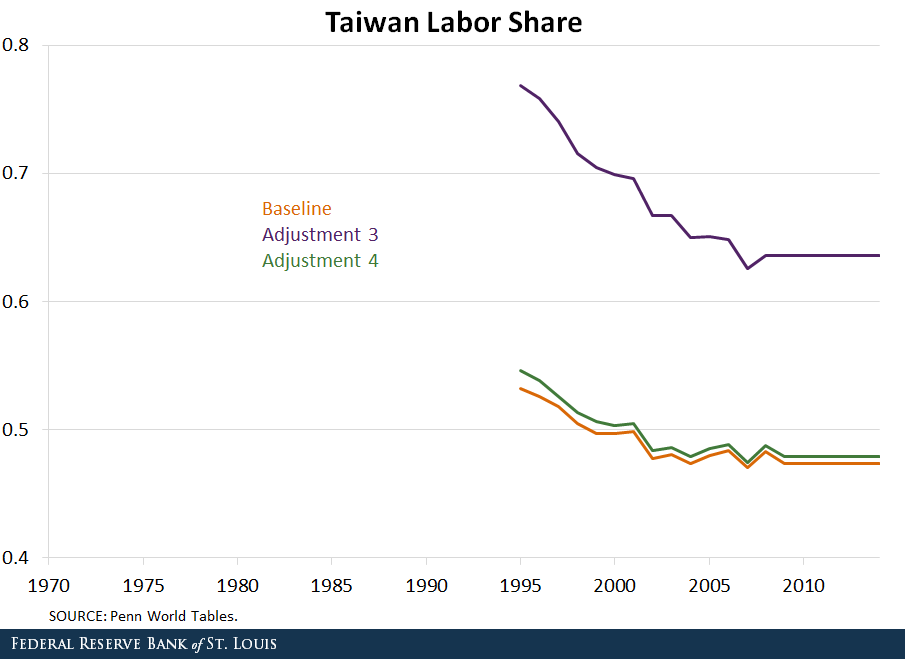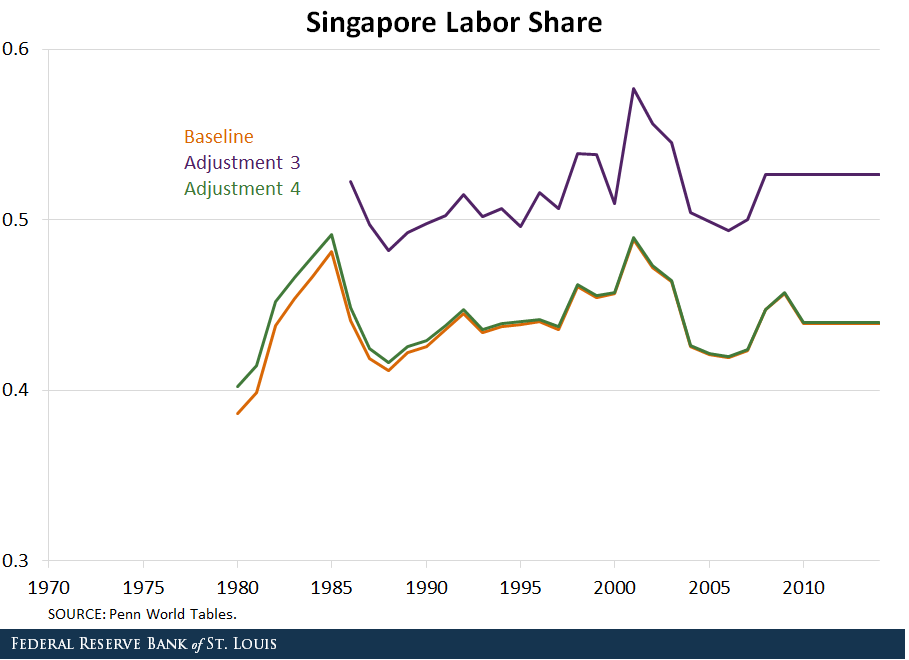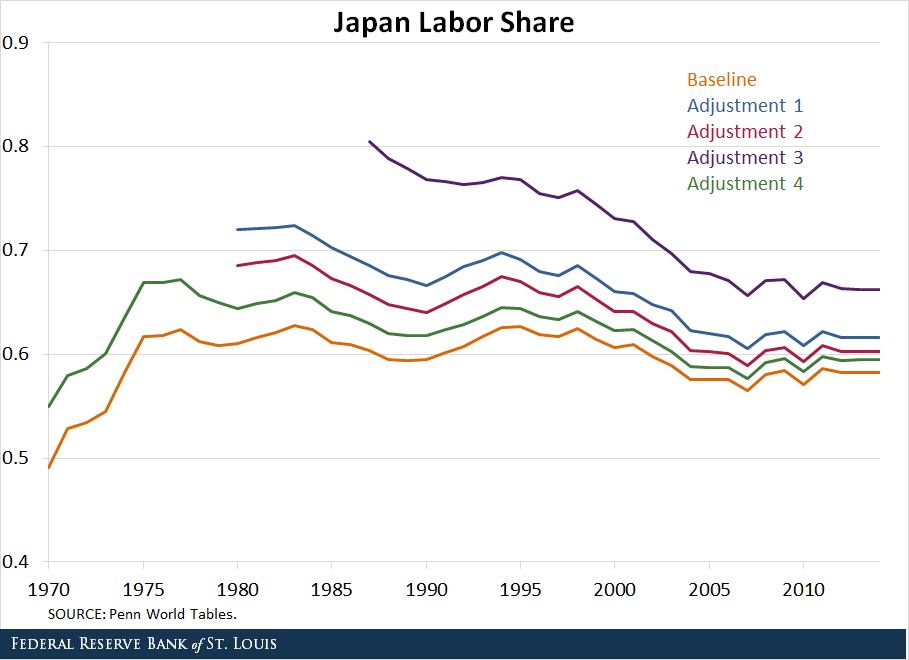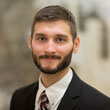Measuring Labor Share of the Asian Tigers

In a previous blog post, we discussed how there are different ways to measure the labor share, or the fraction of labor income over gross domestic product. In that post, we showed these different measures for several Latin American countries. In this post, we will look at the labor share for the Asian Tigers.
The figure below shows the labor share in Hong Kong, Japan, South Korea, Singapore and Taiwan. These countries experienced similar economic growth paths in the 20th century.

As the figure shows, the labor share varied widely among these countries. For some, it also shows considerable differences over time: The labor share in Hong Kong rose slightly, while it was relatively constant in Singapore and declined in Japan, South Korea and Taiwan.
Labor Share Measurement Assumptions
However, as we demonstrated in our previous post, estimating the labor share can be challenging, and the results will vary depending on what assumptions are made.
Recall that having good estimates of self-employed labor income poses a challenge to estimating the labor share. Developing countries can be more sensitive to the assumptions made on self-employed individuals because a larger share of workers in developing countries are self-employed than in developed countries. The figures at the end of the post plot the labor share measured using five different assumptions for these East Asian countries.
- The baseline is the share of labor compensation of employees, and it does not include self-employed income.
- Adjustment 1 adds all of mixed-income1 to total labor compensation.
- Adjustment 2 adds mixed-income to total labor compensation in the same proportion as the rest of the economy. (Although adjustment 2 is considered the best measure, only Japan reports mixed-income.)
- Adjustment 3 uses information on the total number of self-employed people and assumes that they earn the same average wage as employees, but this greatly overestimates labor share.
- Adjustment 4 assumes that all of the self-employed work is in the agricultural sector, so the entire value added in agriculture is added to labor compensation. (Penn World Tables2 considers adjustment 4 the best measure for Hong Kong, South Korea, Singapore and Taiwan.)
In conclusion, assumptions on self-employed individuals can make a huge difference in estimating the labor share for developing countries. Also, data availability matters, too, as only Japan reports mixed-income data.





Notes and References
1 Mixed-income is total self-employed income. It contains both capital and labor income.
2 Feenstra, Robert C.; Inklaar, Robert; and Timmer, Marcel P. “The Next Generation of the Penn World Table,” American Economic Review, 2015, Vol. 105, No. 10, pp. 3150-82.
Additional Resources
- On the Economy: Measuring the Labor Share in Latin American Countries
- On the Economy: Comparing the Latin American and European Debt Crises
- On the Economy: How Income Inequality Is Affected by Labor Share
Citation
Paulina Restrepo-Echavarría and Brian Reinbold, ldquoMeasuring Labor Share of the Asian Tigers,rdquo St. Louis Fed On the Economy, Jan. 11, 2018.
This blog offers commentary, analysis and data from our economists and experts. Views expressed are not necessarily those of the St. Louis Fed or Federal Reserve System.
Email Us
All other blog-related questions



